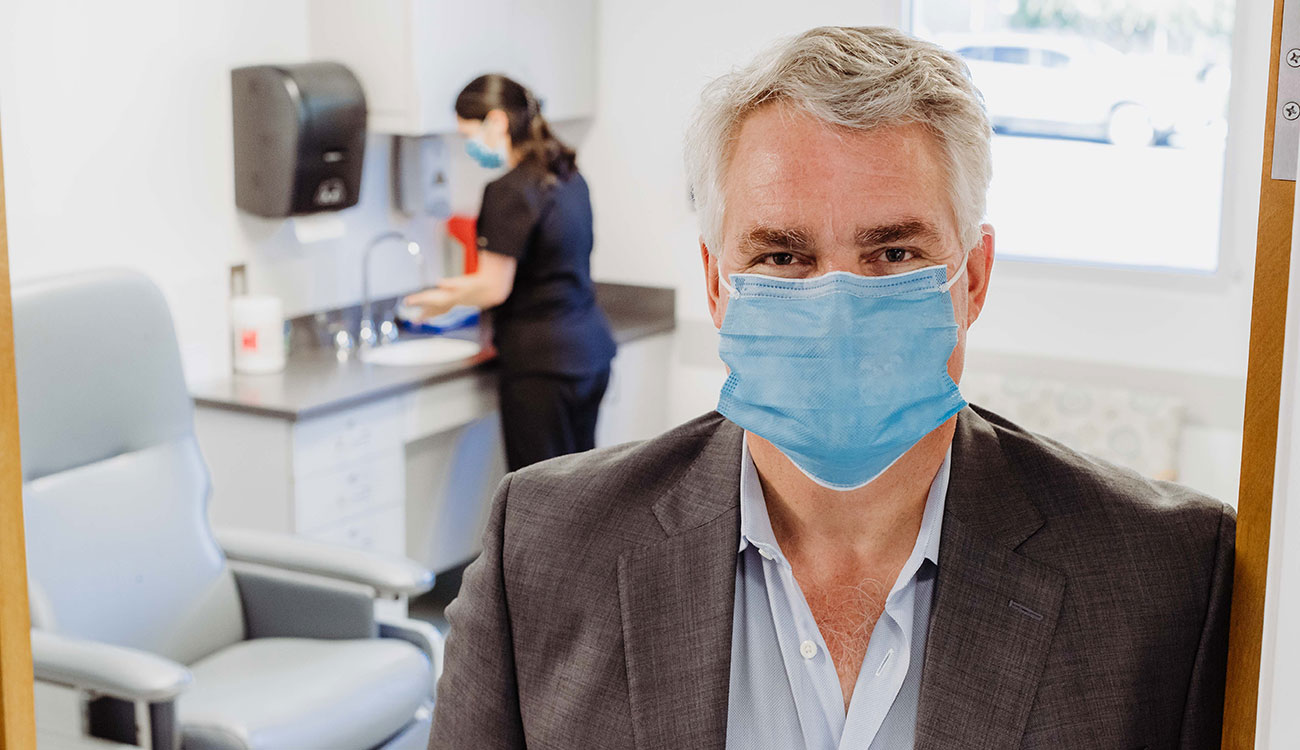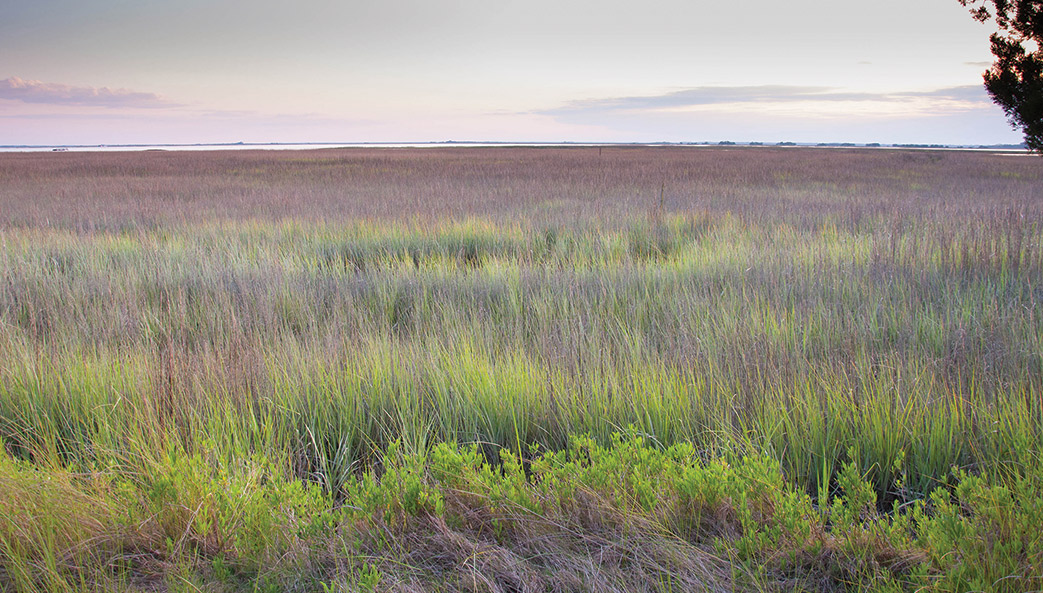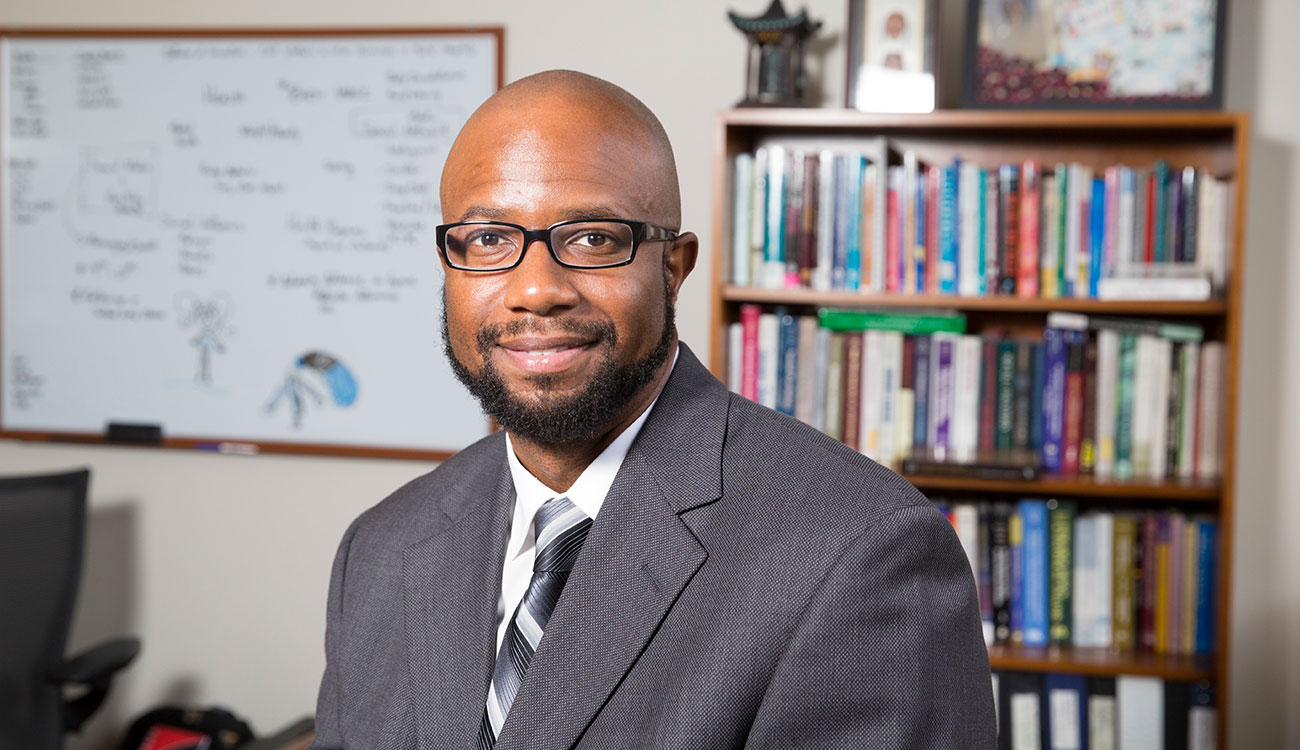
“We needed additional infrastructure on this campus to support clinical and translational research. We have excellent basic science discoveries, clinical research that is expanding, and a statewide impact on community engagement to improve health and well-being. These enable UGA to lead and be an integral member of the Georgia CTSA to improve health for Georgians and beyond.”
– Brad Phillips, principal investigator of the Georgia CTSA at UGA
Photo by Beth Chang
From the bench to the clinic
In 2018, Lilian Sattler had a research protocol ready to study nutritional therapy interventions in older patients with histories of heart failure, and she needed a patient population. Sattler, an assistant professor in the colleges of Pharmacy and Family and Consumer Sciences, initially hoped to conduct her research through UGA’s Clinical and Translational Research Unit, which collaborates with local hospitals and Georgia CTSA health systems on clinical studies, with additional support from the University Health Center.
But finding a sufficient cohort of elderly heart failure patients willing and able to make multiple trips to a study location would be hard enough in a major metropolitan city. Athens simply didn’t have the patient numbers Sattler needed.
Through the Georgia CTSA, she was able to do her work at various Emory Healthcare locations in Atlanta. Not only did Emory have access to far more patients for recruitment, it also has a clinical research site with a patient reception area, study nurses, a research dietitian and other services and personnel. Sattler sought out and connected with experienced clinical researchers at Emory who became her mentors and collaborators. As one of UGA’s first clinical investigators after it joined Georgia CTSA, she helped build many of the bridges between the universities herself.
“I would not have been able to do the project without the Georgia CTSA,” Sattler said. “The infrastructure it provided was instrumental: the opportunities for mentorship, the opportunities for collaboration, the knowledge that came in and all the little examples of support. There’s so many pieces to this infrastructure, and now that it’s been running for a couple years, much of it is all set up for people.”
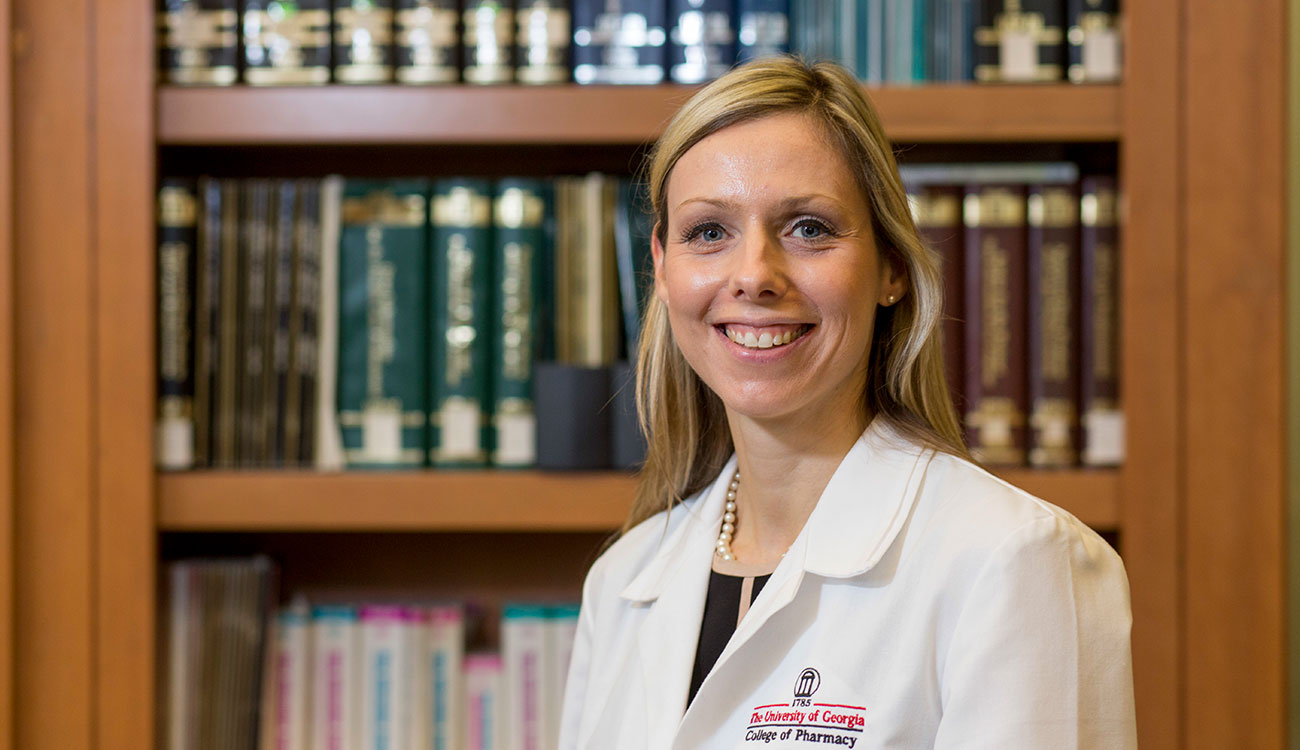
Clinical research support is the primary reason UGA strove to join Georgia CTSA, which currently assists about 100 active projects. More than 3,000 publications have resulted from Georgia CTSA-supported studies, which in turn have been cited nearly 100,000 times. Its pilot grant program has awarded more than $14 million to 350 projects that subsequently resulted in $134 million in follow-on funding, for a return of almost 10:1.
“We needed additional infrastructure on this campus to support clinical and translational research,” said Phillips, who also developed and directs the CTRU that now is part of the CTSA umbrella. “We have excellent basic science discoveries, clinical research that is expanding, and a statewide impact on community engagement to improve health and well-being. These enable UGA to lead and be an integral member of the Georgia CTSA to improve health for Georgians and beyond.”
One reason UGA is so integral, according to Ben Brainard in the College of Veterinary Medicine, is its particular research strengths that complement the other member universities. Even in the areas that are common to other institutions—such as infectious disease—the breadth represented in UGA’s 17 colleges and schools offers a unique expertise and quality.
“UGA has a particular expertise at the intersection of wildlife and human disease, which is a critically important part of One Health,” said Brainard, professor and director of clinical research in vet med. “We have a number of veterinarians who have joint appointments with other units like [the Warnell School of Forestry and Natural Resources]. The understanding that we can get from looking at the spread of infectious disease in animals, or the behavior of naturally occurring disease like cancer, and using animals as sentinels or models for human disease, is a real strength for UGA.”
UGA now is one of just 15 universities in the CTSA One Health Alliance, which is open only to veterinary schools at CTSA-funded institutions. And, because UGA is a member, that means Emory, Georgia Tech and Morehouse can benefit, both indirectly and directly, from COHA’s resources.
“COHA and the Georgia CTSA bring together experts in human and animal medicine to share resources, insights and tools to improve the health and welfare of Georgians and their pets using a truly One Health approach,” said Lisa Nolan, dean of the College of Veterinary Medicine. “We are proud to partner with our human health colleagues in this important endeavor.”
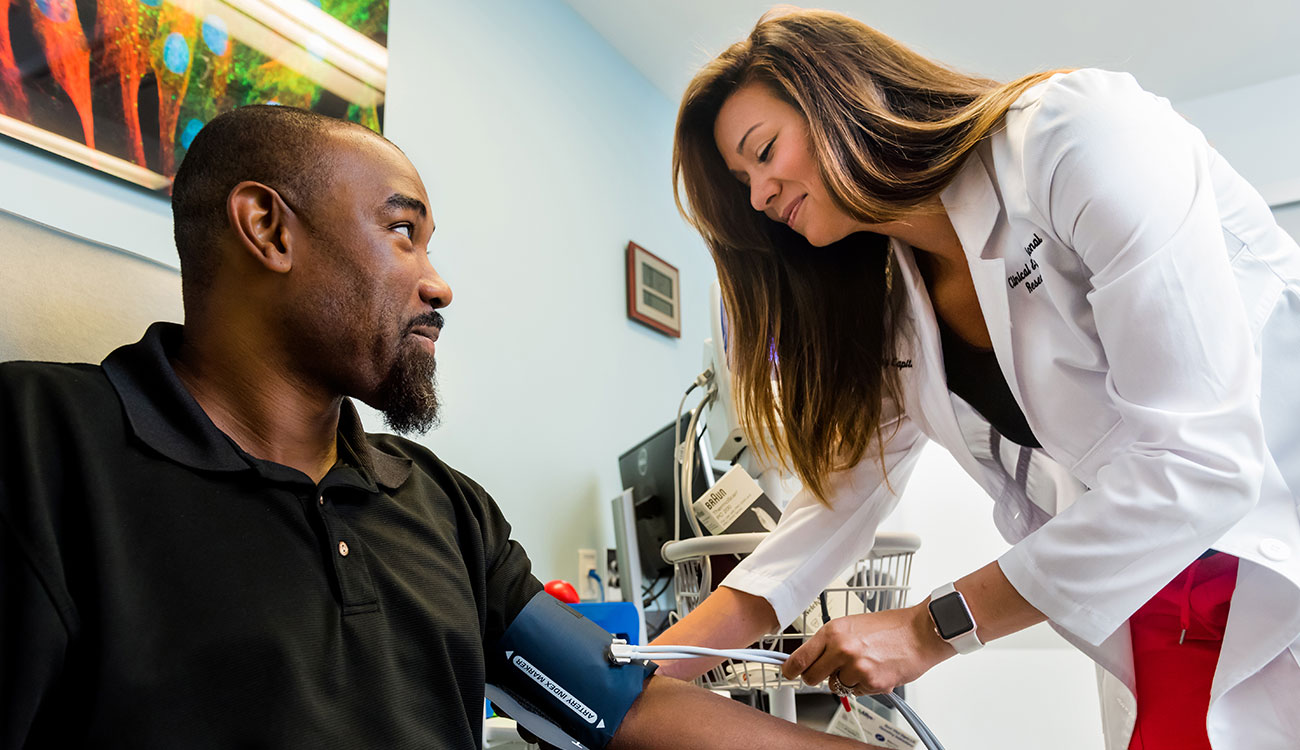
Translational training
Phillips hopes to see continued integration and participation in CTSA-supported clinical research, education and training. The alliance has supported UGA research out of arts and sciences, public health, pharmacy, vet med, FACS, education, journalism and mass communication, engineering, and environmental design, and Phillips believes there are many more faculty members, students, postdoctoral researchers and Ph.D. candidates who could benefit from engaging with Georgia CTSA.
Particularly, Phillips would like to see broader representation from UGA in the training and networking opportunities offered by Georgia CTSA. Among numerous other workshop and smaller events, the organization’s annual conference draws hundreds of attendees to share their research through invited talks and poster sessions.
Emory also offers an M.S. in clinical research designed for pre/postdoctoral researchers and junior faculty that can be supported through Georgia CTSA’s most coveted opportunities: its robust training grants. Currently it offers two main varieties: a one- to two-year grant for junior faculty (an NIH KL2 grant) that offers 75% salary support plus an additional $25,000 for research expenses, and a one-year grant for pre- and postdoctoral researchers (a TL1, in NIH parlance).
Under the current CTSA award, UGA is allotted one competitive KL2 slot, and faculty can also apply for others that float among the member universities. Sattler was selected as UGA’s inaugural KL2 recipient and completed her two years’ training in September 2019. During that time she was both a tenure-track faculty member at UGA and an enrolled trainee at Emory, pursuing a certificate in clinical and translational research.
Not only did the experience help prepare her for the rest of her career, it also simplified some logistics while she was working on her study at Emory, since Sattler was affiliated with the Emory system through the CPTR program.
“As a newbie to clinical research, the clinical research training through the Emory-based CPTR program was an extremely helpful aspect of the KL2 award,” she said. “Not only would I now feel comfortable teaching some of the content, but it also allowed me to connect with a brilliant group of individuals from different disciplines and institutions, all with a passion for clinical research, and to learn more about some of the important programs and clinical research opportunities currently ongoing at Emory. It made the time invested in commuting to Emory for 16 credits of in-person instruction while maintaining research and teaching at UGA over two years worthwhile.”
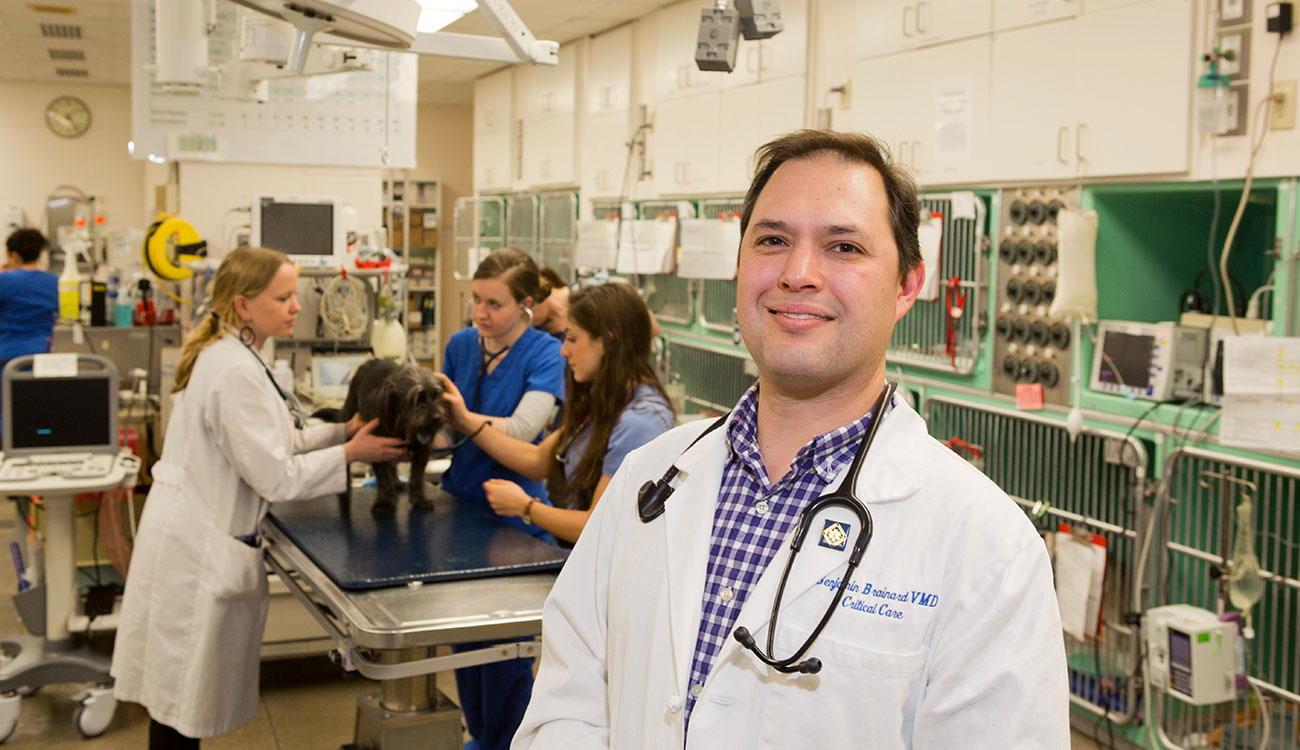
Brainard said that COHA also offers its own portfolio of training and networking opportunities. It hosts translational summits that bring together veterinarians, medical doctors, engineers and other specialties around selected topics of interest. One example was a two-day conference on cardiomyopathies; heart disease in dogs can mirror conditions in humans, Brainard said, and the event pulled together clinicians and researchers in both human and veterinary medicine to promote further translational opportunities.
COHA also offers a two-year fellowship grant for veterinary specialists to train in translational science after they complete their post-DVM residency.
“One of the main benefits thus far,” Brainard said, “has been access to training opportunities like these specifically for young faculty to train them as clinician researchers.”
Phillips agreed. “We want assistant professors and pre- and postdocs from other UGA schools and colleges to take advantage of the unique training opportunities provided by Georgia CTSA, which have been shown to be very beneficial to researchers early in their careers,” he said.
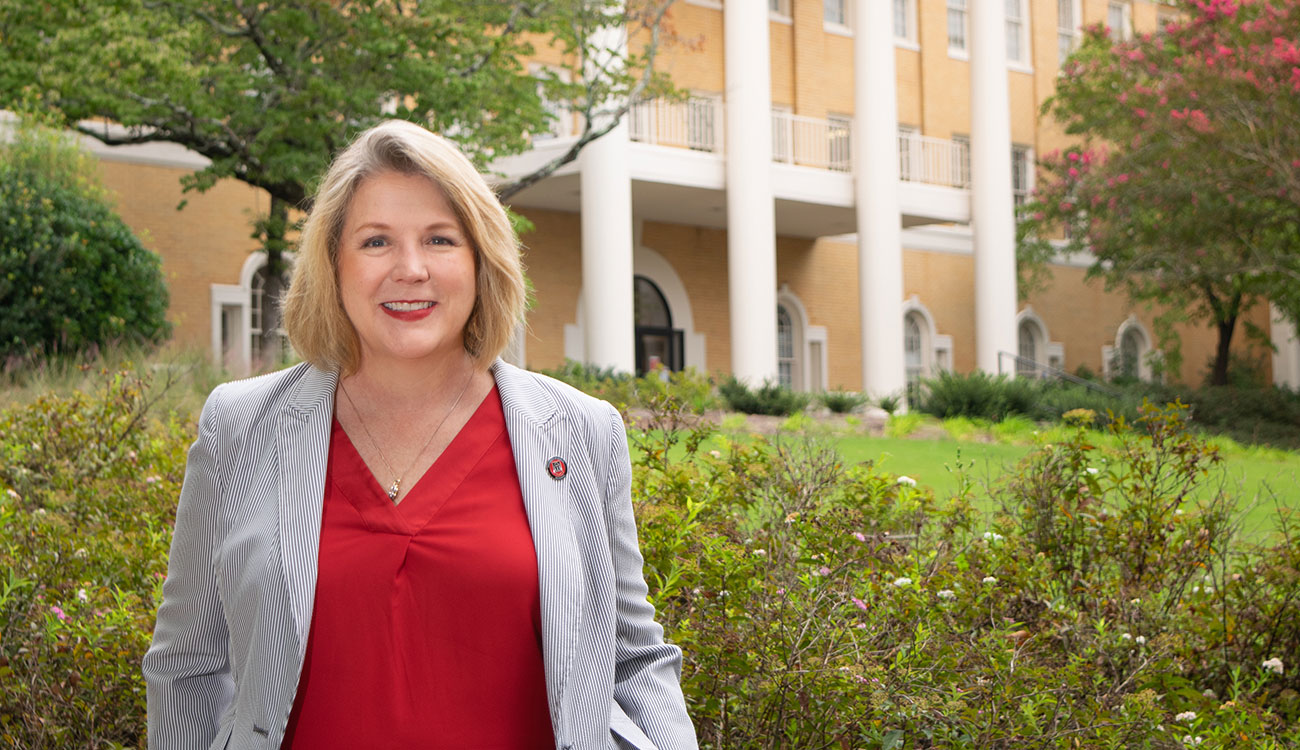
Community partners
When Allisen Penn was recruited to UGA in 2019 to serve as associate dean for extension and outreach in FACS, she knew that Georgia CTSA would be one of her major responsibilities. Penn had spent more than 30 years working with extension programs at the universities of Arkansas and Tennessee, and she knew firsthand how county extension faculty can build critical bridges between scholars and the communities they hope to serve. The best scenario is a long-term, mutually beneficial relationship between the researcher and the community.
“Community-engaged research is about co-creation, with agreed upon outcomes between the community and the researcher,’” Penn said. “It’s about building a trusting relationship with key partners in a community. It’s important for researchers to understand, when they want entrée into a community, it’s typically time limited. But the people in the community are going to continue to live, breathe and thrive or not thrive in the community after a research project is complete. So while it may be a short-term arrangement for the researcher, there are longer-term consequences for the people of the community.”
Before UGA joined, the Georgia CTSA’s activities were largely circumscribed within the Atlanta metro area simply because the three original members were all located there and did not have significant institutional presence around the state. That changed immediately once UGA entered the scene, with its Extension offices in every one of Georgia’s 159 counties.
County Extension agents live and work in their communities year-round and become trusted partners for UGA researchers. Through research in practice, they can become critical facilitators in the last mile of translational research: applying new approaches on the ground.
“If you think of translational work as a spectrum, the first step is the pre-clinical or bench-to-bedside work,” Phillips said. “At the other end, you’ve got community-wide health. If you have new therapies or new treatment guidelines, these have to be translated or incorporated into usual practice by our health care professionals in our communities and rural areas to improve health.”
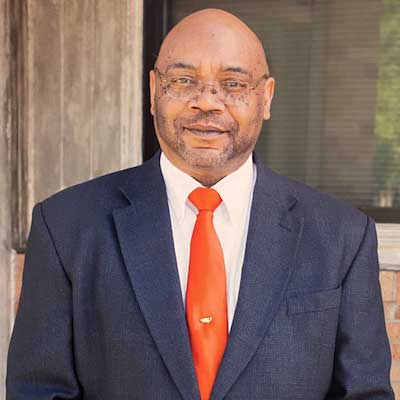
Young’s experience with the Fishers of Men project is one example of this practical application. Another involved the Southwest Georgia Area Health Education Center, based in Albany, which offers a Pathway to Med School program to help make college students from the area more competitive in their medical school applications.“We collaborated with them on research projects to examine self-management of chronic conditions—diabetes, asthma and managed cancer screenings—in Albany and surrounding communities,” Young said.
The students who participated in those projects submitted research posters to a conference of the Georgia Academy of Family Physicians, held in Stone Mountain in November 2019.
“They swept the awards,” he said. “They won first, second and third place for the research that we collaborated with them to do.”
Meanwhile in Hawkinsville, the COVID-19 pandemic meant a pause for Fishers of Men. But Brown and his fellow clergymen in Pulaski County had already seen the difference some health information and a little encouragement—delivered by a known and trusted member of the community—could make.
“We were in the process of getting some of the church vans together to take folks to the community care center to get checked out,” said Brown, who shared that one of the original team members died from COVID. “That virus was really tearing on our community, and we’re just starting to get back on track. You have to stay on people and urge them to do what they need to do.”



